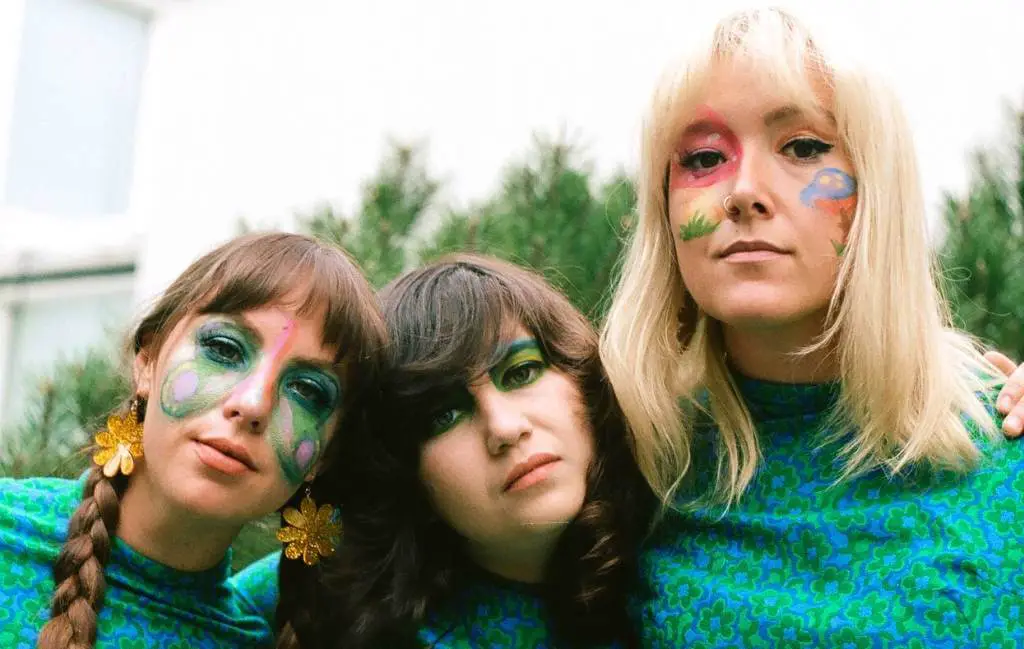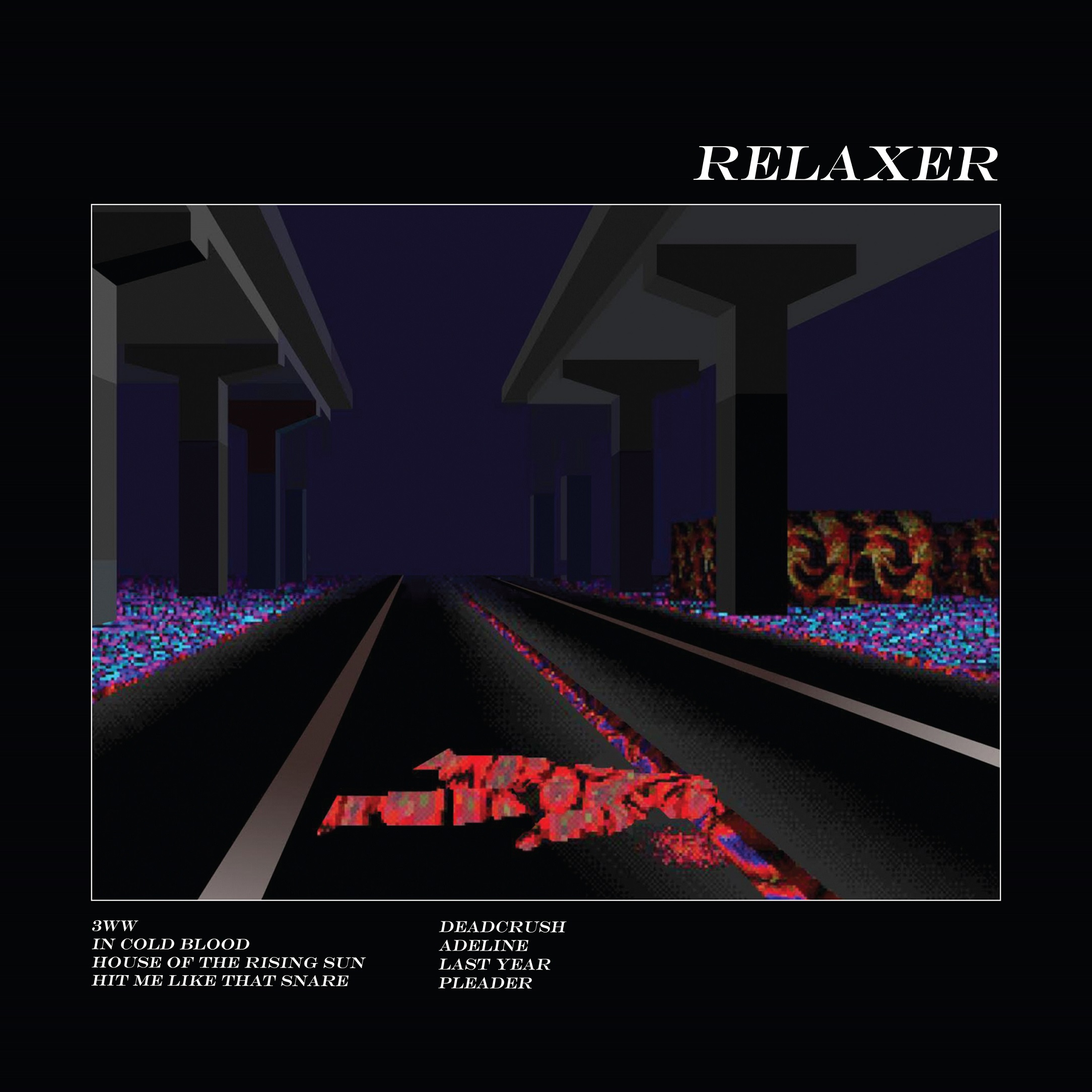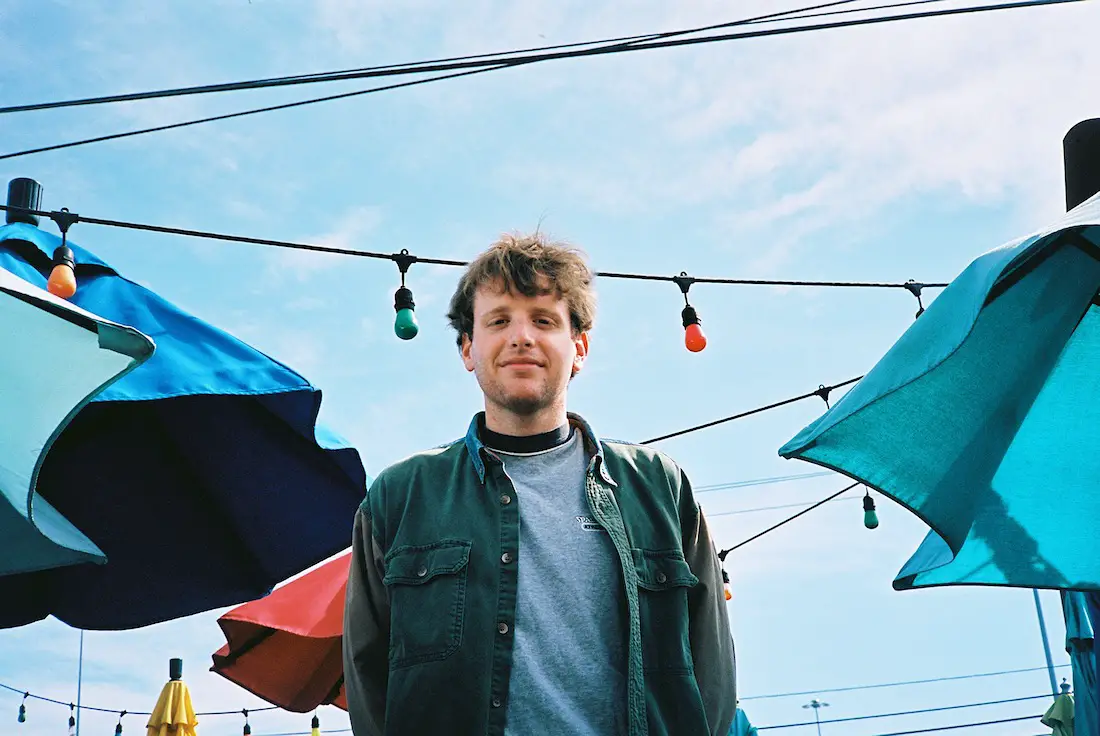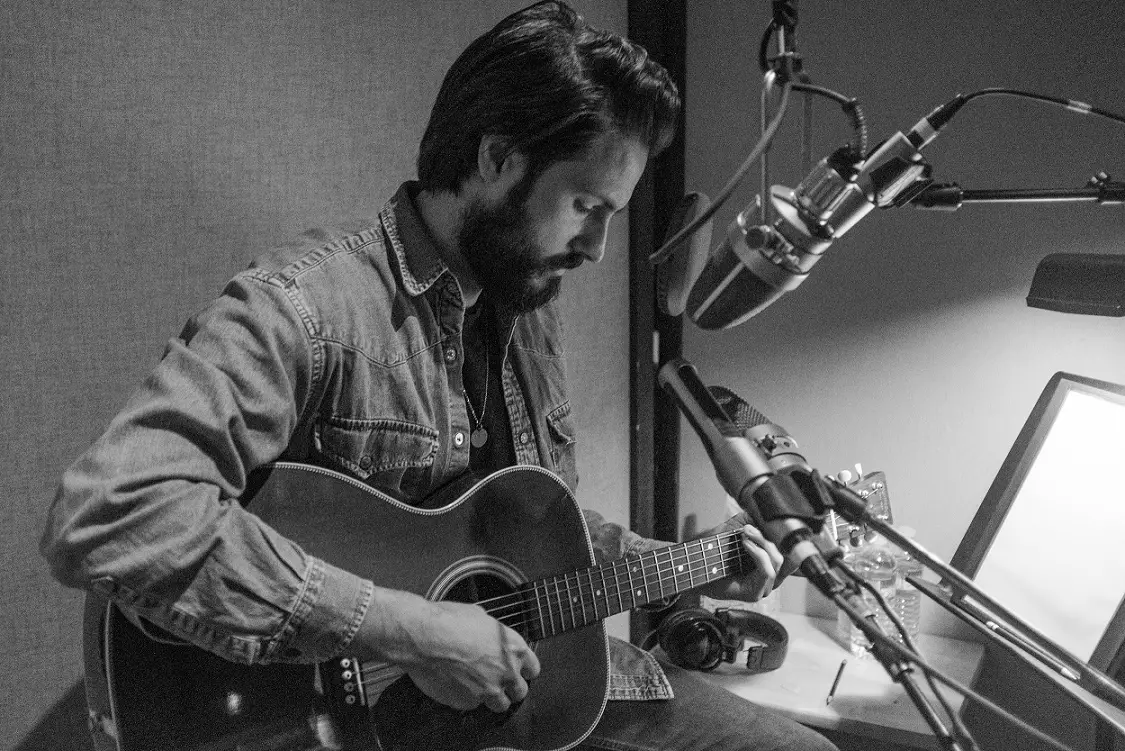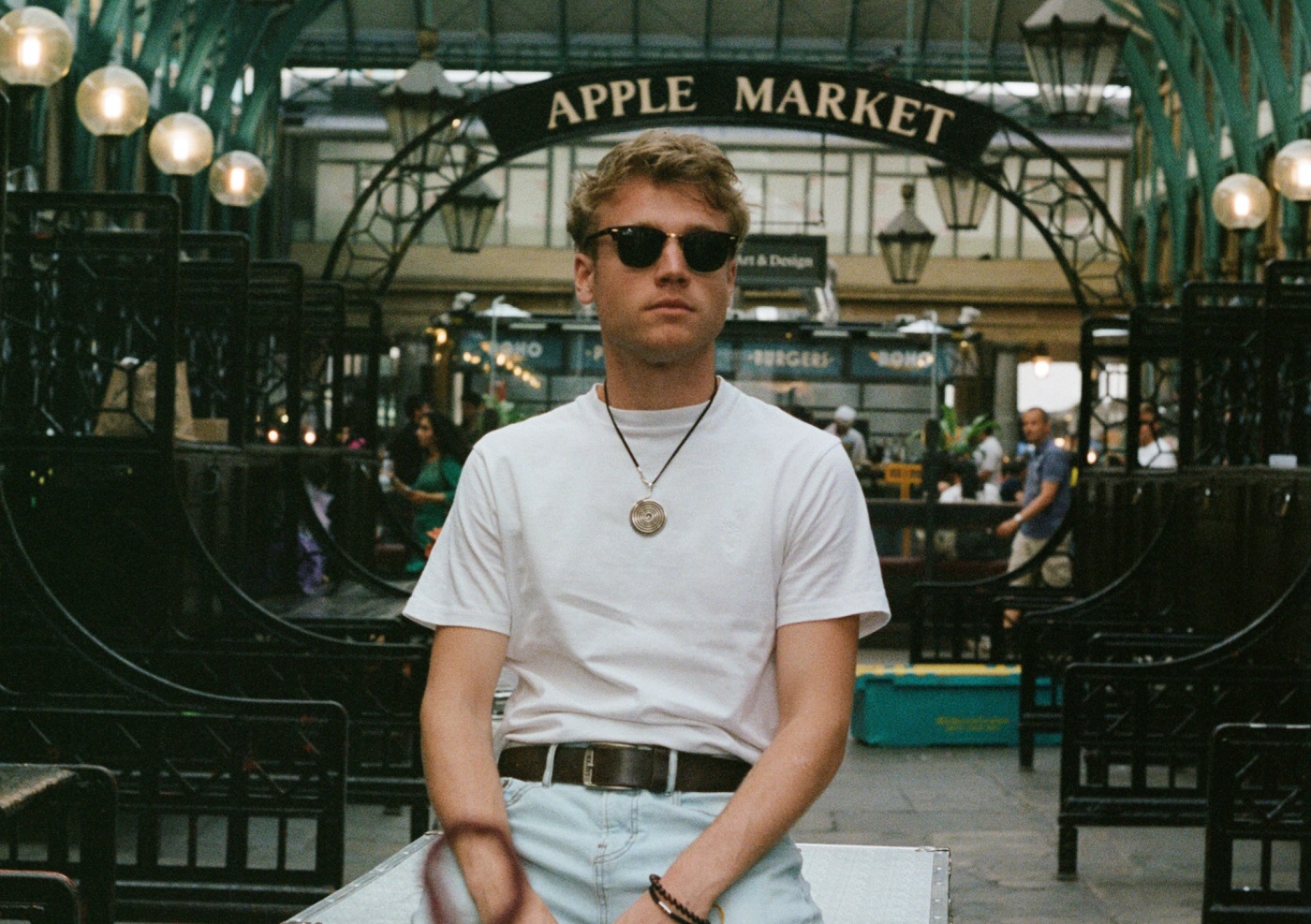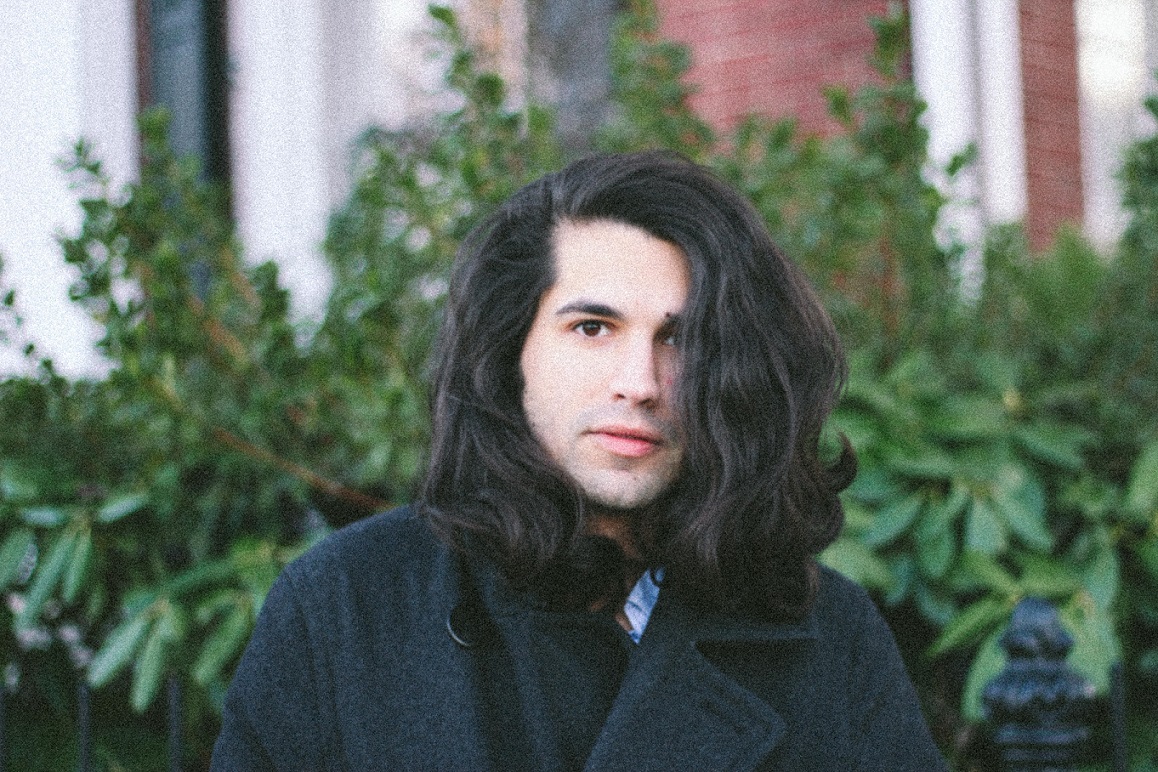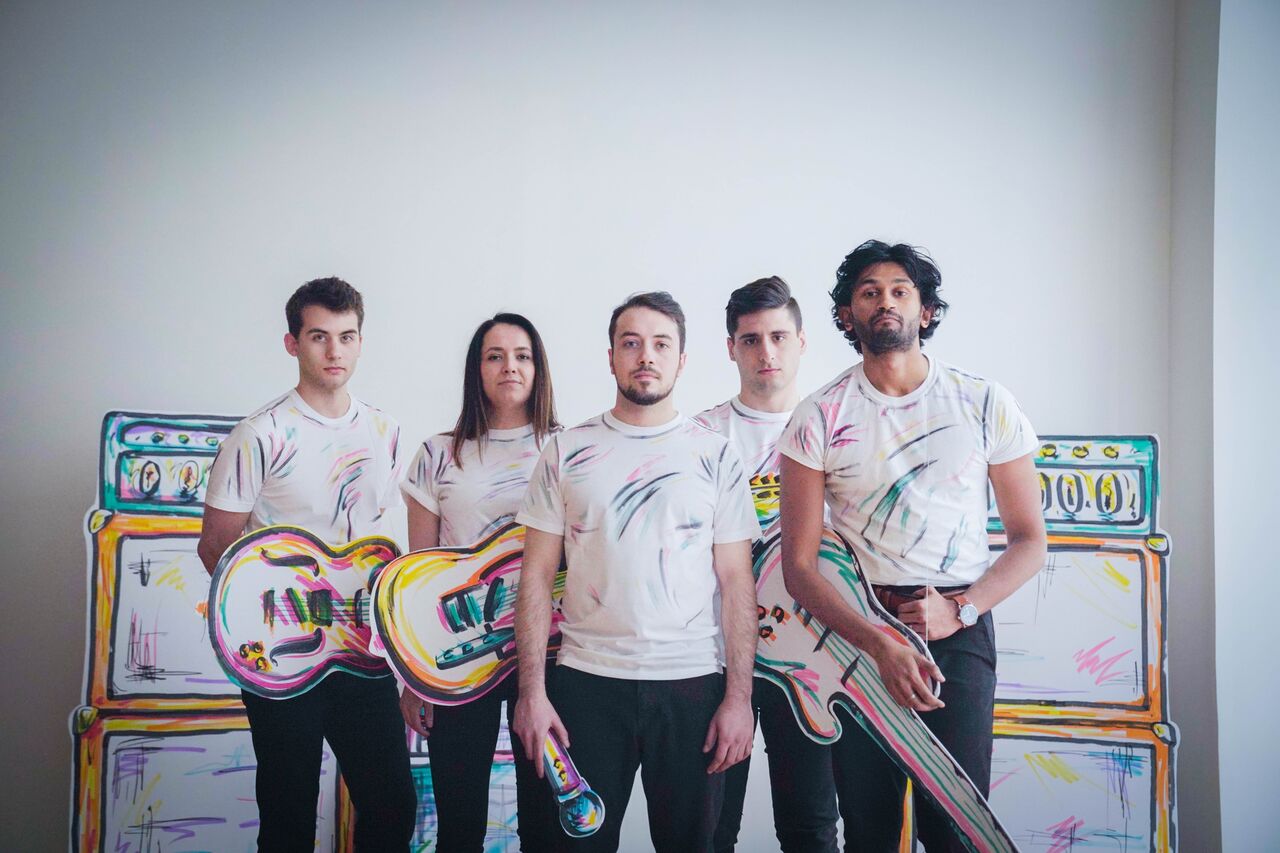For their latest album ‘Boîtes aux Lettres’, Les Hay Babies take autobiographical findings from a vintage store and transform them into music.
— —
Referencing eras from the recent past can be commonly seen as a form of false nostalgia. Attributes and aesthetics seep into the current day with such familiarity that it can then be questioned whether they are actually distinctive to their original decade or just a part of now. We look back with idealism, people who didn’t experience that time regarding it with fondness. Things were always better in the past. Why? Because it’s fragmented, selective, the working together of realities and the imagination. Boîte aux Lettres, the latest album by Canadian trio Les Hay Babies (released February 2020) is intentionally ‘60s in all aspects – from the Laurel Canyon dreaminess, psychedelic rock, and doo-wop touches, to their appearance and the cover art.
Stream: ‘Boîte aux Lettres’ – Leila Sunier
(adsbygoogle = window.adsbygoogle || []).push({});
There is no decade that encompasses the essence of false nostalgia more, perhaps, than the 1960s. Whether it’s the fashion, music, or interior, to look 60s is often a stereotype driven by those overused references. Therefore recreating this period can often come across as cringy and unimaginative. With Les Hay Babies, however, it feels authentic as the references are transmitted through a love for the era that is incorporated into their everyday lives.

On the album cover of Boîtes aux Lettres the members are posing in matching shift dresses, with face paint on their skin and flower earrings, while their name and the album title is in archetypal psychedelic font. The leading single “Same Old, Same Old” kind of sums up the album in that it’s full-on retro in sound and lyrically mixes the local dialect. There is also a story to Boîtes aux Lettres and knowing that story puts the album in a whole new light. It’s a concept album, rather than an imitation, and all the 60s’ elements are vital in projecting a clear narrative. Thus “Same Old, Same Old”, once perceived as another replica of the past, becomes a kind of summing up of the story- representing the characters and their interactions.
Icitte c’est same old, same old
Le monde parle vite, le temps passe slow
Toi pis tes yeux émeraude
Je t’envie en plein éclose
Ta photo s’est-tu rendue dans les magazines?
Il faut garder tes portes ouvertes
Icitte t’étais la plus belle, mais y’a beaucoup d’monde là-bas
La ville est-tu assez grande pour toi?
“Same Old Same Old”, Les Hay Babies
The album is based on the life of a young woman named Jackie who moved to Montreal from Moncton, New Brunswick, in 1965, writing letters to her mother back home recounting the adventures she was getting up to. There was nothing extraordinary about Jackie, she was just an everyday individual going about their life, and it’s this that makes the letters more fascinating. There’s mystery to them, an open-ended route to speculate and imagine. It’s the same effect with vintage clothing. The life of the items is largely unknown, the stories up to our interpretations. All we know is that they were a genuine part of the past now intended to be given new meanings.
(adsbygoogle = window.adsbygoogle || []).push({});
Sentences from the letters are transferred into lyrics- ‘I took the limousine to the YMCA’ and ‘J’m’appelle Jacqueline/ But you can call me Jackie’, for example, from “Jacqueline”- and the mentality is the same. The Jackie of the letters was a single woman, independently going about her life during a time when it was still the norm to marry and stay at home. This is reflected in lyrics such as ‘Je n’suis pas/ Ta fontaine à voeux/ Écoute-moi/ Regarde-moi dans les yeux’ at the end of the opening track “Fontaine à Voeux”. She’s after a man, someone by her side, but she’s strong about her position and won’t let people push her around. In “Look At Me Now”, she states ‘le monde n’est pas si grand/ si une femme comme moi peut le tenir’ while doing things like ‘j’ai même charmé le grand boss/ j’ai refusé ses offres’. She’s a working woman, an attractive woman, but won’t let people take advantage of her.
Hey Jackie où-ce t’as pognée ces souliers là?
Hey Jackie t’es belle as-tu perdu du poids?
Hey Jackie la ville a été bâtit pour toi
Hey Jackie lâche pas, continue comme ça!
Hey Jackie, I wish que j’serais brave comme toi!
Hey Jackie, t’es pas encore sortie du bois
Hey Jackie, meilleure chance la prochaine fois!
Hey Jackie, If you make it big oublie nous pas!
Hey Jackie, on s’ennuie déjà de toi!
Hey Jackie! Si ça work pas out là bas, call moi!
“Almost Minuit”, Les Hay Babies
Midway through is “Joue Avec Le Feu”, a take on The Rolling Stones’ “Play With Fire”- as a way of adding to the 60s aesthetic but also being representative of the fictional Jackie. It’s toned down too with gentle plucks but the plucks are higher in pitch and therefore stereotypically sweeter. Some lyrics are changed, such as ‘Ton père a pris ses bijoux/ Pis ses couronnes à bras pleins/ Elle trouve ses fringues chez Betty Rubin/ Pu aux Galeries de Champlain’ to fit her environment and the idea of playing with fire, of boundary-pushing, is apt for a female who was seemingly ahead of her time. Put within the context of a vintage store, “Joue Avec Le Feu” is like the ‘feminine’ of what could be a ‘his’ and ‘hers’ outfit- a swirly flared sleeve mini dress to the man’s paisley print shirt.
(adsbygoogle = window.adsbygoogle || []).push({});
There is a an air of glamour surrounding the Jackie of these songs. She goes out alone, ‘bien coifée un samedi soir/ Tête haute et bottes de vinyle’, and she never queues (“Limonade”). It’s as though life becomes a movie. “Roses Rouges”, for example, is backed by romantic drama with the harmonizing ‘ahhhs’ adding to this. ‘Même la noirceur a ses nuances (Aaah)/ Qui éparpillent le doute et la méfiance (Aaah)/ Impossible de vous abandonner (Aaah)/ Mais comment faire pour vous oublier?’ go the lyrics, crescendo driving through, and the last track with its choral ahhhhhs and instrumental sounds is like the accompaniment to closing credits.
Look at me now, Ma
Look at me
Look and see how everything is fine
Look at me now, Ma
Look at me
Look and see how I’m doing alright
Le monde n’est pas si grand
Si une femme comme moi peut le tenir
Dans sa paume
La journée n’appartient pas
À ceux qui chôment
(Es-tu fière de moi?)
“Look At Me Now”, Les Hay Babies
Les Hay Babies is made up of Julie Aubé, Katrine Noël, and Vivienne Roy and they come from Moncton, New Brunswick, the same place as the Jackie of their letters. Their debut album, folkiness in the form of Mon Homesick Heart, was released in 2014 and their follow-up La 4ième Dimension (Version Longue) came out in 2016. The latter was a merge of the folkiness and 70s’ rock influences, drawing from the past but in a less rounded way.
(adsbygoogle = window.adsbygoogle || []).push({});
The letters that influenced Boîte des Lettres were found amidst a vintage store, buried away and hidden by the pre-owned garments and objects. The concoction of the album is like the curating of a store, arranging items with different stories so they come together as one concise world. At the forefront of this is a stylistic coating of the everyday- a pairing of the real and make-believe. It’s an album that’s altogether a fun take on music as storytelling but it’s also an apt case study into the influences of the past.

— —
Connect to Les Hay Babies on
Facebook, Twitter, Instagram
Discover new music on Atwood Magazine
? © Étienne Barry, 2020
Boîtes aux Lettres
an album by Les Hay Babies
(adsbygoogle = window.adsbygoogle || []).push({});
(adsbygoogle = window.adsbygoogle || []).push({});
(adsbygoogle = window.adsbygoogle || []).push({});

